May 17, 2025 | 04:18 GMT +7
May 17, 2025 | 04:18 GMT +7
Hotline: 0913.378.918
May 17, 2025 | 04:18 GMT +7
Hotline: 0913.378.918
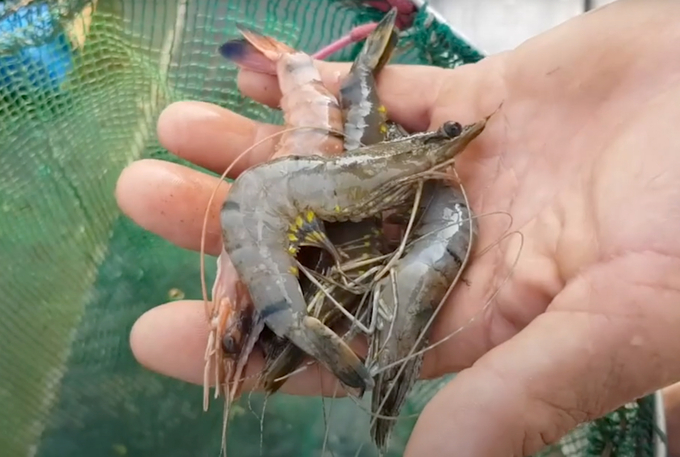
Shrimp found dead from white spot syndrome. Photo: Son Trang.
A recent report from the National Center for Hydro-Meteorological Forecasting shows that El Niño-Southern Oscillation (ENSO) phenomenon is in a neutral state at present but gradually leaning towards the cold phase, with the sea surface temperature standard deviation in the Nino 3.4 region being -0.3oC lower than the multi-year average in the first week of October 2024.
From November 2024 to January 2025, ENSO is likely to transition to La Nina state with a probability of 60 - 70%. This forecast is causing concern for shrimp farmers and shrimp industry businesses.
“The weather has been very erratic this year. If La Nina appears, the weather will experience even more changes, and the temperature will drop. The temperature being too low will create conditions for viruses that cause diseases in shrimp to develop, including the virus that causes white spot syndrome,” said Dr. Ho Quoc Luc, Chairman of the Board of Directors of Sao Ta Joint Stock Company.
La Nina appeared once in 2014, causing temperatures in the Mekong Delta provinces to drop. It was April, and the nights were as cold as those in Da Lat. Shrimp farm owners at that time had to rush to buy thick blankets for all workers on the farm and much more warm clothes so that workers could go out at night and look after the shrimp in the ponds.
Farm owners could protect the health of workers, but not the shrimps. The nighttime temperature in the Mekong Delta dropped too low due to La Nina, causing the white spot syndrome virus to develop and spread strongly.
“That year, wherever the white spot syndrome virus spread, the shrimps perished. The remaining ones in the pond could not be harvested because the shrimp farmers were afraid that if they caught the shrimp, the virus would continue to spread. The only solution shrimp farmers chose to implement at that time was to use chemicals to kill all the shrimp in the pond. After nearly 2 weeks, the farmers treated the pond to resume production,” said Chairman Luc.
La Nina is about to appear again at the end of this year, and no one knows how much impact it will have, but it is making many shrimp farmers hesitant to stock a new batch. Ho Quoc Luc believes that the industry needs to have a plan to respond to the risk of shrimp disease in case the temperature drops due to the effect of La Nina. The ultimate goal is to minimize the damage caused by white spot syndrome.
Chairman Luc's concern is not unfounded. According to Nguyen Van Long, Director of the Department of Animal Health, white spot syndrome is the disease that brings the most damage to farmed shrimp this year. As of early October, more than 1,400 ha of shrimp farms have been affected by white spot syndrome.
White spot syndrome has been around for a long time, but there is still no effective vaccine to prevent it. There are still many problems in managing the farming environment and breeds. In order to minimize the risk of white spot syndrome, shrimp farmers must focus on deploying preventive measures.

Shrimp farmers need to choose good, disease-free shrimp seeds from reputable suppliers. Photo: Son Trang.
Recent information from the Research Institute for Aquaculture II mentions a number of solutions to prevent white spot syndrome. Before stocking, farmers need to thoroughly renovate the pond and destroy all crustaceans in the pond. Farmers should choose good, disease-free seeds from reputable suppliers.
Farmers need to strictly comply with biosecurity requirements in shrimp farming areas, closely manage water quality and actively use microorganisms to treat and control pond water quality. In addition, shrimp farmers need to focus on enhancing shrimp immunity by supplementing nutrients such as Vitamin C, β-Glucan, and MOS (Mannan Oligosaccharide).
Season and stocking time are important factors in preventing and minimizing the risk of white spot syndrome and other diseases in farmed shrimp. From the wisdom of veteran shrimp farmers, shrimps raised in the off-season are more susceptible to white spot syndrome than those raised in the right season.
It is currently the off-season shrimp farming season in the southern provinces, while it is still raining heavily, making shrimp very susceptible to disease. If farmers still want to stock shrimp in the fourth quarter of the year, they need to wait until the rain has completely stopped, the weather is sunny, and the temperature is stable again.
Translated by Samuel Pham
![Multi-channel, multi-directional Vietnamese agricultural markets: [7] Deep processing makes global reach easy](https://t.ex-cdn.com/nongnghiepmoitruong.vn/608w/files/huytd/2025/05/16/2946-che-bien-sau-chia-khoa-vang-nang-tam-nong-san-viet-tren-ban-do-the-gioi-080603_110-093858.jpg)
(VAN) The application of deep processing technology is helping Vietnamese agricultural products enhance their value, create competitive advantages, and open doors to conquer global consumers.
![Multi-channel, multi-directional Vietnamese agricultural markets: [6] Agri products go online](https://t.ex-cdn.com/nongnghiepmoitruong.vn/608w/files/content/2024/12/10/1-113313_954.jpg)
(VAN) Bringing agri products onto e-commerce platforms is an effective way to build a brand that many businesses, cooperatives, and agricultural production households are doing.
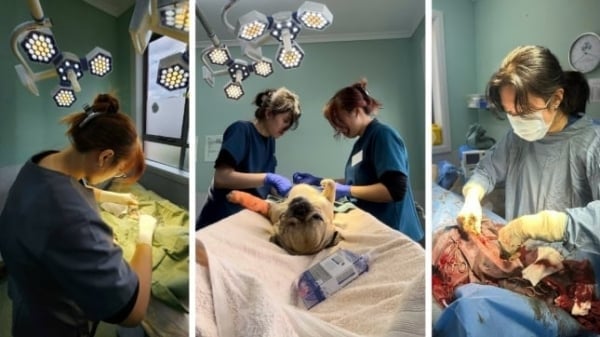
(VAN) Veterinary training should focus on quality, not just quantity. Veterinarians also need more options to pursue specialized training.
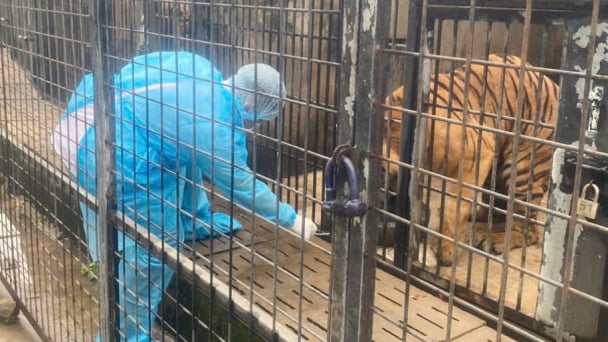
(VAN) The veterinary industry needs to be viewed objectively and further invested in to properly demonstrate its role and importance in the new context.

(VAN) The number of veterinarians graduating each year is not enough to meet actual needs, hence a difficult problem for the growing livestock industry.
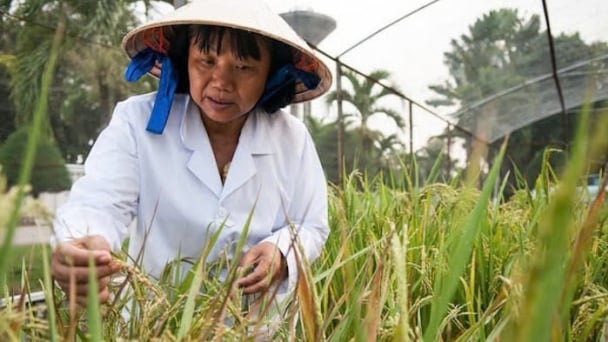
(VAN) The strategic partnership between Cambodia, the Philippines, Vietnam, and CGIAR ensures that innovative solutions effectively address national priorities for food system development.
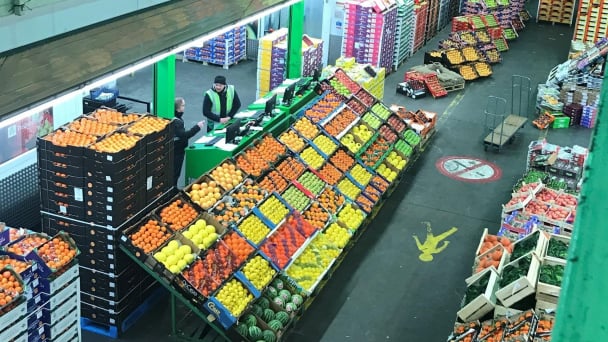
(VAN) This was affirmed by the UK Minister of State at the Department for Environment, Food and Rural Affairs during a working session with Deputy Minister Tran Thanh Nam on May 13.